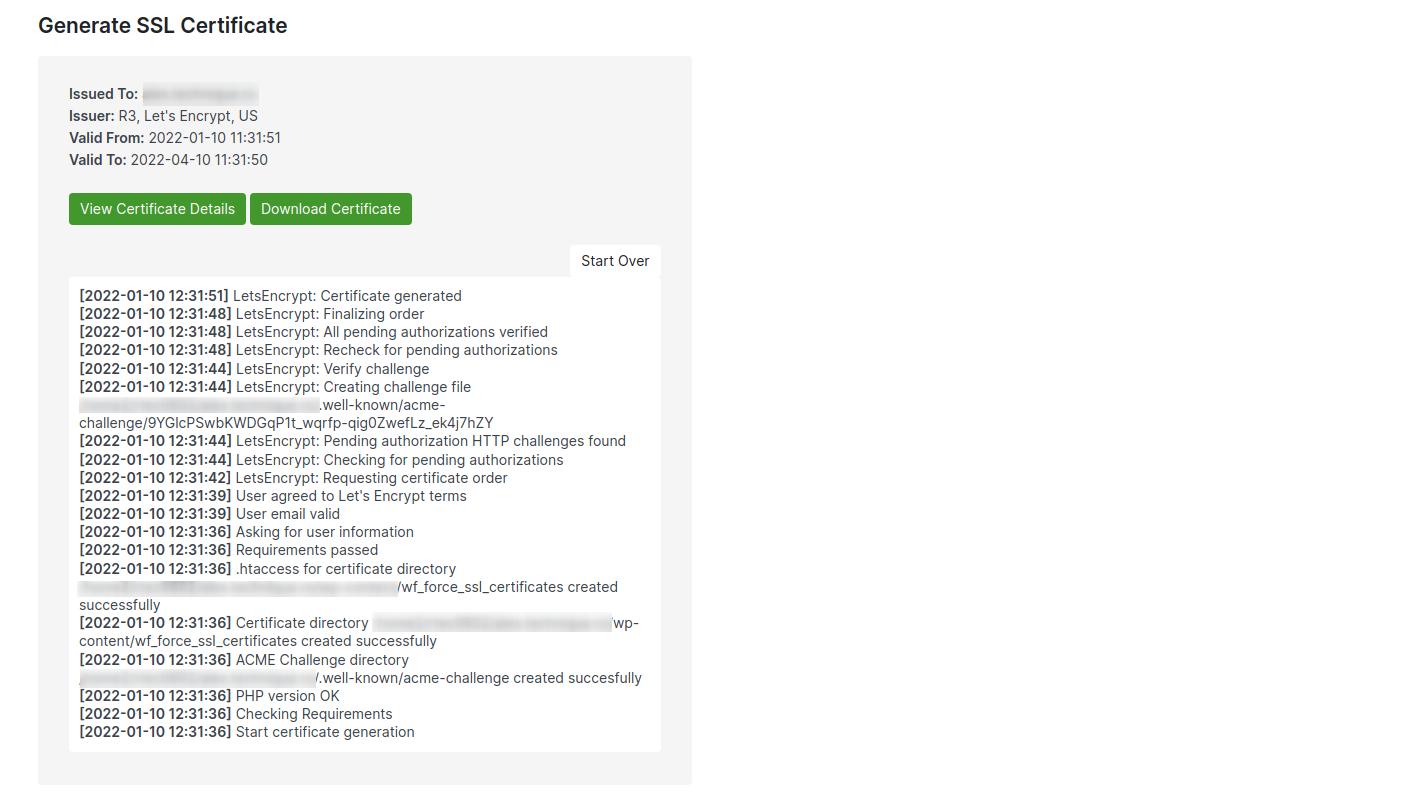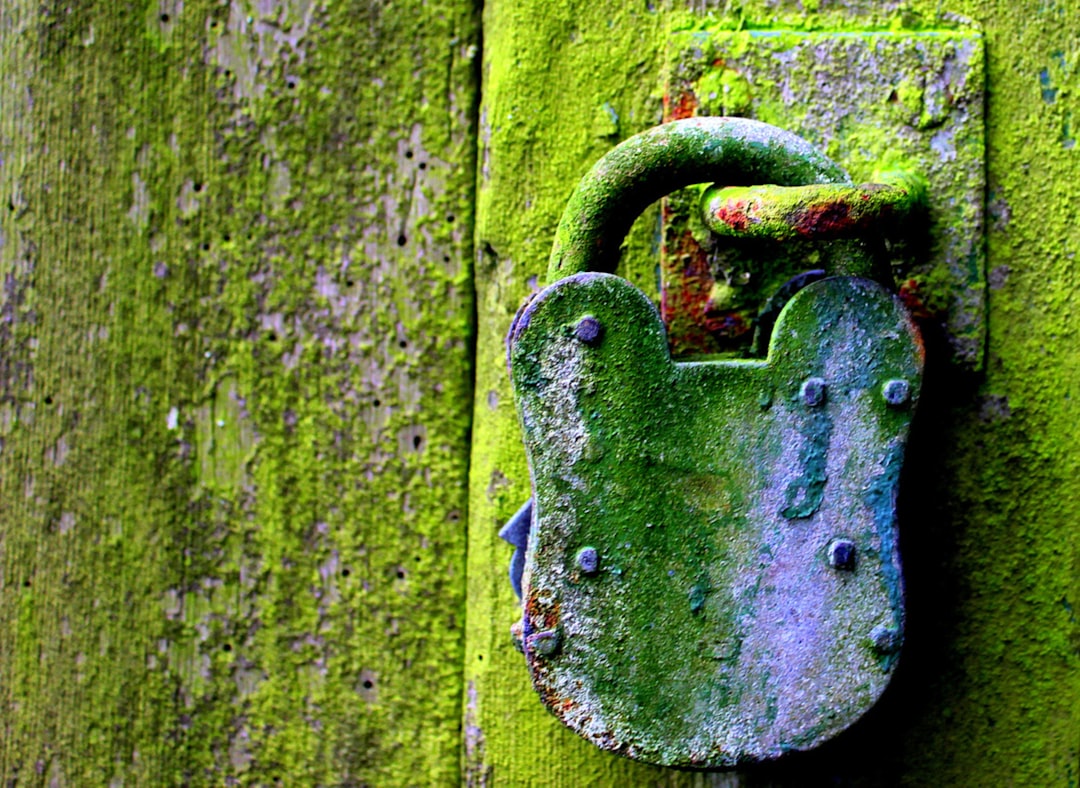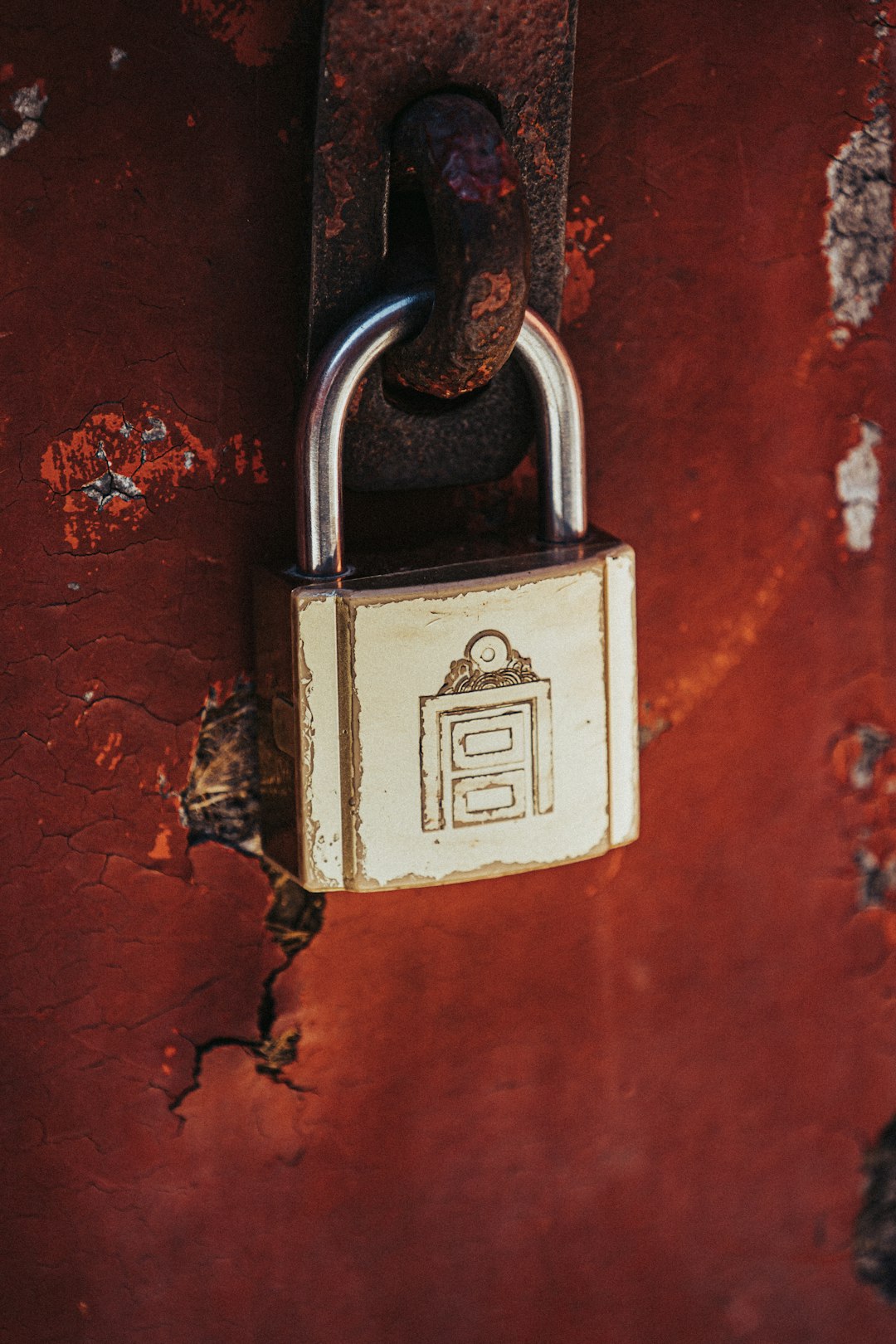You may have seen the little padlock icon next to a website address. That means the website is using something called SSL. It’s short for Secure Sockets Layer. It helps keep your info safe—like passwords, credit cards, and messages. But behind the scenes, SSL has a secret weapon: CA certificates.
Let’s break it all down in a super simple and fun way. We’ll take a look at what SSL CA certificates are, the different types, how they’re validated, and the best ways to use them on your site.
What is an SSL CA Certificate?
An SSL certificate is a digital passport for your website. It tells browsers and users, “Hey, this site is safe, and it really is who it says it is.”
But who decides if a site is really what it claims to be? That’s the job of a Certificate Authority—or CA for short. Think of a CA as a trusted internet stamp of approval.
When a site uses an SSL certificate from a trusted CA, your browser knows it can trust that site. With SSL in place, your data is encrypted. Like locking a message in a box that only the right recipient can open.

Types of SSL CA Certificates
Not all certificates are created equal. There are a few main types, each made for different situations. Here they are:
- Single Domain Certificates – Protect one domain name. For example, www.example.com.
- Wildcard Certificates – Protect a domain and all its subdomains. Like blog.example.com, shop.example.com, and more.
- Multi-Domain Certificates (SAN) – Cover different domains in one go. Great for businesses with many sites.
All these certificate types can have different validation levels. That means how much checking is done before your certificate is approved.
Validation Levels: How Trustworthy Are You?
There are three levels of validation. They tell users how much the CA checked before saying “Thumbs up!” to a website.
- Domain Validation (DV)
- Organization Validation (OV)
- Extended Validation (EV)
This is the easiest and fastest one. The CA just checks if you own the domain. It’s great for blogs and personal websites. Normally issued in minutes.
This one needs a little more info. The CA checks the organization name, domain, and maybe even your address or phone. Better for companies or e-commerce sites.
The strictest one. Everything is verified in detail. Your site gets the business name in the address bar. Perfect for banks or any site that handles sensitive data.

Why would you pick one over the other? It depends on trust. The higher the validation, the more trust your site earns from users, browsers, and even search engines.
Why You Should Care About SSL Certificates
Still not sure why you need SSL? Here’s why it matters:
- Better Security – Keep data safe from hackers.
- Build Trust – Visitors feel safer when they see the padlock or your business name in the URL.
- SEO Boost – Search engines like secure sites. You might rank higher.
- No Browser Warnings – Without SSL, browsers might flash scary “Not Secure” messages.
If you run a website or online store, SSL is a must. It’s not just for tech geeks anymore. It’s a basic best practice.
How Does an SSL Certificate Work?
You don’t need to dive too deep into the math, but here’s a fun, simple version:
- Your browser connects to a website.
- The site shows its SSL certificate.
- Your browser checks if it’s from a trusted CA.
- If everything checks out, the browser creates a secure, encrypted link.
From there, your data is encrypted, like sending a message in a locked safe.
How to Get an SSL Certificate
Ready to get one for your site? Here’s what to do:
- Pick your CA – like Let’s Encrypt (free!) or paid options like DigiCert or Sectigo.
- Decide your type – single, wildcard, or multi-domain?
- Choose your validation level – DV, OV, or EV?
- Create a Certificate Signing Request (CSR) on your server – sounds tricky, but your web host may help you.
- Submit the request to the CA and go through validation.
- Once approved, install your certificate on your server.
If you’re using platforms like WordPress, Shopify, or Wix, SSL setup is often automatic. Easy-peasy!
Best Practices for Deployment
Now that you’ve got your shiny certificate, let’s keep things smooth and secure. Here are some best practices:
- Use HTTPS Everywhere – Redirect all traffic from HTTP to HTTPS. Never leave parts of your site unsecured.
- Update Your Certificate – Don’t forget to renew it before it expires. Or automate renewals if possible.
- Check For Mixed Content – If some images or scripts load over HTTP, browsers may still show warnings.
- Enable HSTS – Stands for HTTP Strict Transport Security. It tells browsers to always use HTTPS and never accept HTTP.
- Test After Setup – Use tools like SSL Labs’ test to check if your certificate is working properly.

Let’s Talk About Root and Intermediate Certificates
You don’t need to memorize this, but it’s helpful to know:
- Root Certificate – Comes from a super trusted CA. Stored in your browser or operating system.
- Intermediate Certificate – Sits in between and is issued by the root. Your certificate is chained to it.
This ‘chain of trust’ connects your site to a trusted root. That’s how browsers know you’re legit!
Common Issues (and Quick Fixes)
- “Not Secure” Warning – Your certificate might be expired, or you’re loading something over HTTP.
- Certificate Mismatch – Make sure the certificate matches your domain name exactly.
- Browser Doesn’t Trust Your Certificate – Might be from an untrusted or self-signed CA.
These things happen. Most are easy to fix with a quick check or by calling your hosting provider.
FAQs – Just the Fun Part
- Do SSL certificates really matter for small blogs?
- Is Let’s Encrypt good enough?
- Can I use one SSL certificate for multiple sites?
Yes! They help with SEO and make your site look more professional.
Absolutely. It’s free, automated, and trusted by all major browsers.
Yes, if you use a Multi-Domain or Wildcard certificate.
Final Thoughts
SSL CA certificates aren’t scary. They’re your digital bodyguards. They protect your site, your users, and your reputation. By picking the right type and following best practices, you can make your site safer and stronger.
Whether you’re starting a blog, launching a store, or running a bank, SSL is an easy win. And now you know how it all works. Go forth and secure!



